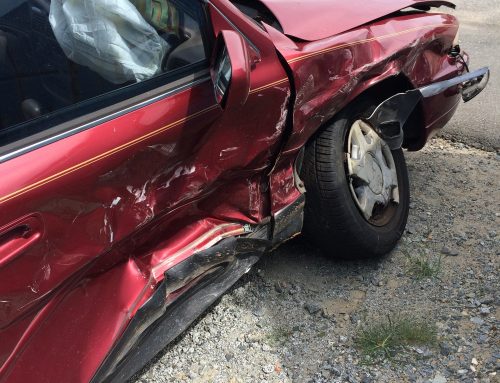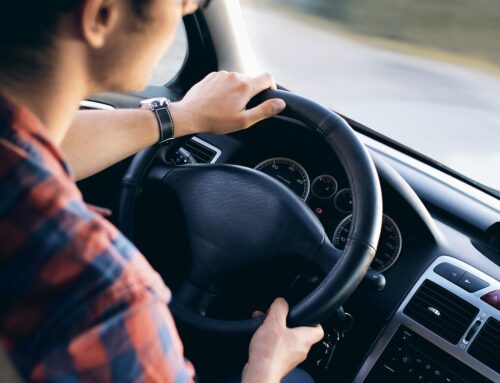There are few things more disconcerting and unsettling than getting into a car accident. In the aftermath of the accident, you may find yourself wondering about a whole list of issues, from injuries to liability to the effect on your insurance.
Although Florida has no-fault insurance laws – meaning that the first $10,000 of a claim is paid by your personal insurance company regardless of fault – there are still many instances where drivers can be sued for damages. It is important to understand your rights, your vulnerabilities, and the best course of action should you find yourself in a car accident.

Why is the Trailing Driver Considered at Fault?
It is commonly understood that in a two car collision, the person in the rear car is at fault. It is considered the responsibility of that driver to maintain a safe distance between themselves and the car in front of them, as well as to remain alert as to brake lights, changes in speed, swerving, or any other action that may indicate that there is an issue up ahead.
What is Considered a Safe Distance? At 70 miles per hour, drivers are advised to be at least 140 feet behind the driver ahead of them. But as it can be difficult to determine distances, another popular method to ensure that you are keeping a proper distance at any speed is the “3 second rule.”
Simply choose a stationary object along the roadway, like a mile marker or street sign. Once the person ahead of you passes that object, you should be able to count to three before passing the same object. If you can count to three or higher, you are considered to be a safe distance behind the other car, allowing enough reaction time should there be an issue.
All that being said, there are several situations in which the trailing car may be able to prove that the car(s) ahead of them carry at least partial liability for the accident. These situations may include:
- Malfunctioning brake lights – if the brake lights in the front car are not working, the trailing car may not have realized the vehicle was slowing down.
- Slamming on the brakes – although normally the trailing car would be blamed, if it can be proven that the driver of the lead car was distracted (i.e. texting while driving) and stopped abruptly due to their inattentiveness, they may be found at least partially liable.
- Multi-Car Collisions – a trailing car may actually have been pushed into the car ahead of them by a third car. It is also possible that the trailing car was trying to avoid another collision and hit another vehicle. The circumstances in these cases may change the outcome of liability.
If you have been in a car accident, it is important to document the scene the best you can. If there are witnesses to what happened, they may be able to help you to defend yourself should there a lawsuit or insurance dispute.
If you have been in a car accident in which you were the trailing driver, but believe that you were not completely at fault, it is important to retain a Sarasota attorney who can help you. Given that the presumption is often that you were at fault, they can help to build your case should it be necessary to defend yourself.
Probinsky & Cole have the experience and expertise you need to navigate personal injury or wrongful death cases from Tampa to Sarasota.







